医用X光感光胶片目前成为一种可以低成本替代昂贵摄影胶片的大幅摄影替代方案。
双面感光乳剂可以黑白成像,分为蓝色敏感型和绿色敏感型。X光复制胶片也可以用于大幅黑白摄影。
可以红光下操作,直接拿水盆冲好,X片反差大,冲片的药液配比和冲片的搅动时间是个关键,
不能使用放射科冲洗X片的药液来冲洗!
各种X光感光胶片都有不同的感光度要更加具体产品和经验自己测试。Kodak Ektascan B/RA single-sided X-Ray film shot at ISO 100.
最后使用吊架槽显以避免划伤,或者盘显里面垫块玻璃。因为是双面感光乳剂所以对显影定影液的消耗也是普通胶片的双倍。
常见尺寸:
比如Fuji Super RX
13×18 cm, 100 Bl.
15×40 cm, 100 Bl.
18×24 cm, 100 Bl.
18×43 cm, 100 Bl.
20×40 cm, 100 Bl.
24×30 cm, 100 Bl.(10×12)
30×40 cm, 100 Bl.
35×35 cm, 100 Bl.
35×43 cm, 100 Bl.
40×40 cm, 100 Bl.
12×30 cm, 100 Bl.
15×30 cm, 100 Bl.
15×40 cm, 100 Bl.
30×90 cm, 25 Bl.
英制(英寸):5*7 8*10 10*12 11*14 12*15 14*14 14*17 5*12 6*12 6*15 6.5*8.5 7*14 7*17 7.5*12 9.5*12
公制:13cm*18cm. 15*30cm. 15*40cm. 18cm*24cm. 18cm*43cm. 20cm*25cm. 20cm*40cm. 24cm*30cm. 25cm*30cm. 28cm*35cm. 30cm*40cm. 35cm*35cm. 35cm*43cm. 40cm*40cm
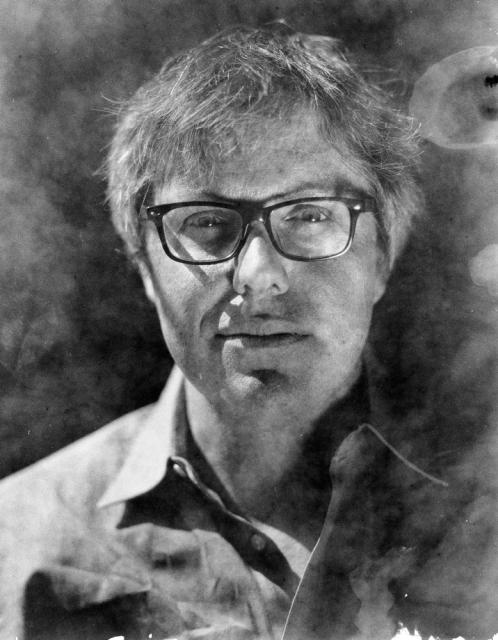 蓝色敏感型
蓝色敏感型
1/2 second at F32.
2. 感光Lichtempfindlichkeit / Belichtung:
Eine Empfindlichkeit nach ISO Norm ist nicht angegeben, man muß es selbst testen.
Werte zwischen 64 und 100 ISO sind gute Ausgangswerte, aber 200 bis 400 ISO sind auch möglich. Wo bei die letztendliche Empfindlichkeit stark von der Art des Lichtes abhängig ist. Künstliches Licht, bedecktes Tageslicht oder heller Sonnensschein bringen schon allein durch den verschieden hohen UV-Anteil auch verschiedene Empfindlichkeitswerte. D.h. je höher der UV-Anteil im Licht um so höher die Empfindlichkeit des Röntgenfilms. Hier gilt:”Versuch macht klug!”
曝光举例:
Kodak T-Mat使用 ISO50 and 显影 1:200 Rodinal
Fuji HR-U green sensitive film with rodinal 1+100 for 6 minutes with little agitation every minute stand development in 1+300 for 30 minutes, because 1+100 for an hour,,
Pyrocat HD two bath with 5 minutes each (A and B 1+20)
use Rodinal 1:100 for six minutes at 20C
3. Entwicklung显影
So undokumentiert wie die Lichtempfindlichkeit des Röntgenfilms, so sind auch Entwicklungszeiten und Methoden nicht dokumentiert.没啥标准文献记载和说明描述。
Entwickeln in Standartendwicklern wie Rodinal, ID-11, D-76 oder HC110 aber auch Ilfosol 3 und Pyrocat HD bringen gute Ergebnisse.用各种配方都行,效果都不错。
Da der Röntgenfilm von Hause aus sehr kontrastreich ist, hilft Entwickeln in stärker verdünnten Entwicklern. Rodinal 1+50 oder 1+75, HC110 1+47 oder 1+68, Ilfosol 3 1+14, ID-11 1+3 und D-76 1+3, Pyrocat HD 1+1+100.片子反差高请用高倍稀释显影剂冲洗。
Auf die notwendige Entwicklermenge verweisse ich hier noch einmal ganz besonders: Bei beidseitiger Beschichtung des Röntgenfilms bedarf es der doppelten Menge Entwickler, weil ja 2 Filmseiten entwickelt werden müssen.双面的费药
Da die Kippentwicklung bei Planfilm wegen der Größe des Films und der damit verbunden großen Menge an Entwicklerflüssigkeit wohl ausscheidet, entwickelt man den Film in Rotation. Das geht auch ohne Rotationsgeräte auf der Tischplatte, langsam 2 Umdrehungen in jede Richtung und immer wieder von vorn. Umdrehungen mitzählen, nicht mehr als 10×2 Umdrehungen pro Minute, das reicht und schützt die Lichter! 可以灌显旋转,也可以盘显手转,但是别转太厉害了,别超过每分钟20次就行,保护好你要的反差。
Vorwässern (4-5 Minuten) nicht vergessen, auch wenn der Film keinen Lichthofschutz hat, ist es für die Entwicklung von Vorteil.预洗4到5分钟不能忘,很多有点的。
Stopbad, Fixierung und Wässerung wie gewohnt.停影定影水浴和平常一样。
Und nun die ungewohnte Arbeit, wenn man beidseitigen Röntgenfilm analog weiter verarbeiten will, heißt: Negativ in den Vergrößerer und Vergrößerungen auf Fotopapier machen will: Eine der beiden Schichtseiten muß weg, sonst wird man Geisterbilder auf dem Abzug haben! Werden die Negative digitalisiert, kann man auf die nachfolgende Prozedur verzichten.特别:要是想放大或印像的必须去除一面的药膜否则有双影。数字化的到好办。
Anschauen welche Seite des Negativs ggf. verkratzt ist, dann wird natürlich diese entfernt. 那面有刮花的就去除他。Wie? Das fertige, getrocknete Negativ auf eine saubere passende Glasplatte legen und an den Rändern mit Klebeband wasserdicht festkleben. Rohrreiniger (Drano oder so ähnlich) mit Wasser (1+1 oder 1+2) im dranofesten Behälter verdünnen. Ich habe eine alte kleine 2000er Jobodose dafür reserviert. Glasplatte mit dem Negativ in Waschbecken oder Waschschüssel stellen und mit einem metallfreien Pinsel wegpinseln, anschließen gut Nachwässern, nochmal in Ilfotol oder ähnlichem Baden, fertig!如何去药膜?等底片干了用防水胶带把底片粘在一片干净的玻璃上,用漂白液或管道清洁剂Drano兑水(1+1 或 1+2),把玻璃板放入适当大小的水盆里,用不含金属的毛刷扫掉药膜,然后用Ilfotol坚膜水洗即可。
Taken out across the backyard in declining late afternoon light.
Total exposures: 60, 120 and 240 seconds
corresponding to ISO settings of 400, 200 and 100.Pinhole 4×5,f/210 Pinhole,Fuji HR-T X-ray Film
(Ph4x5.9A) 60, 120, 240 seconds @ f/210
去除一面的乳剂
Just apply the bleach with a soft brush (I use a common two-inch painting brush) let it soak for 10 seconds or so, then rinse with water. Usually, there are some spots left which need a second treatment.
Plaubel Profia ZT 8×10″,
Schneider-Kreuznach Super Angulon 121mm,
Fuji AD-M, Kodak HC-110,
Epson V750 Pro, PS & SE.
4. Film-, Belichtungs- und Entwicklungstipps
- a. Tyko green 9x12cm @ ISO 100, Ilford Ilfosol 3 1+14, 20°, 8′, Rotation
b. Tyko green 9x12cm @ ISO 80, Rodinal 10ml+700ml, 16°, 9′, Rotation
c. Fuji AD-M 18x24cm @ ISO 100, Ilfosol 3 1+14, 20°, 8′, Rotation
d. Fuji AD-M 18x24cm @ ISO 64, Kodak HC110 (1+47), 20°, 7’30”, Rotation, sehr dicht!
e. Fuji AD-M 18x24cm @ ISO 100, Pyrocat HD, 5ml+5ml+500ml, 20°, 7’30”,Fixierer Moersch ATS, Rotation
f. CEA SO90 18x24cm @ ISO 100, Pyrocat HD, 5ml+5ml+500ml, 20°,nach Sicht in der offenen Schale, Fixierer Moersch ATS,
g. Conta Star 18x24cm, @ ISO 100, wie unter f.
======================================================
MAMORAY Agfa HDR-C und Agfa HDR-C Plus, Fuji AD-M, Konica CM-H2, Der Fuji UM-MA HC Mammographiefilm ist ein einseitig beschichteter orthochromatischer Film,
The single emulsion film is Carestream EB/RA. As far as I know, it comes in 8×10″ only. It is notched and has an anti-halation layer. In the U.S. i get it from zzmedical.com
Spezialfilm für die Mammographie ist mein Favorit:
– Nur einseitig beschichtet,
– sehr scharf zeichnend und kontrastreich,
– Verarbeitung wie normaler Planfilm.
======================================================
– Kostet im Fachhandel weniger als 70 € für 100 Blatt 18x24cm.
Die o.g. Kombinationen habe ich selber ausprobiert. Ist eine Standardzeit festgelegt sind natürlich auch Entwicklungszeiten nach N- oder N+ möglich.上述胶片药膜小贴士都是我自己实验过的,当然你也可以根据情况具体加减。
一个擦出一面药膜的视频教程
[embedyt] http://www.youtube.com/watch?v=S9WuGkhdjDQ[/embedyt]
Single-emulsion film has the emulsion on one side of the cellulose base. Duplicating film is a single emulsion film
X-OMAT 2 Dental Duplicating film,Kodak X-Omat gbx-2 safelight filter dental x-ray Duplicating Film 31x41mm
https://www.zzmedical.com/analog-x-ray-supplies/x-ray-film/fuji-x-ray-film.html
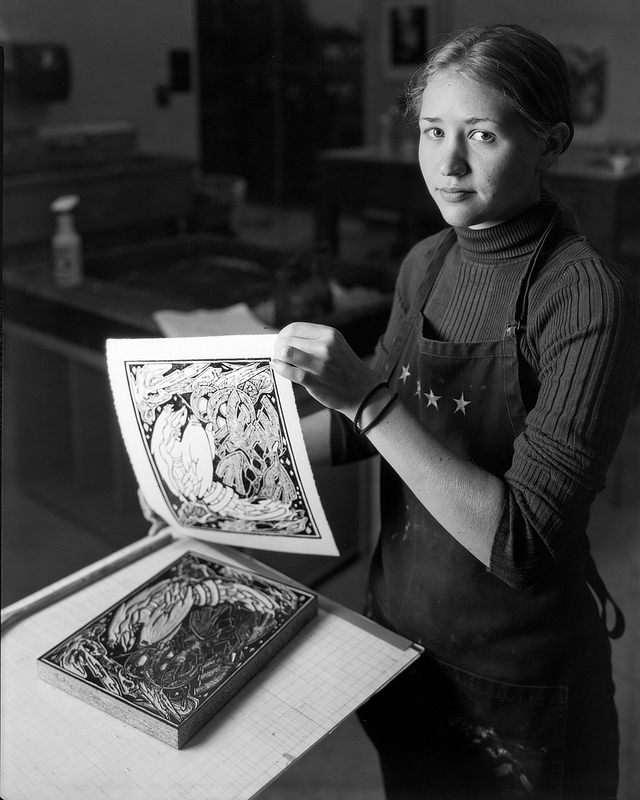
Kodak Green X-ray film + Obisidian Aqua 1:500
Obsidian Aqua
Distilled water 750ml
Sodium钠 or potassium metabisulfite 焦亚硫酸钾(Kaliumdisulfit偏重亚硫酸钾) 20g 一种葡萄酒用抗氧化杀菌剂
Catechol (Pyrocatechol)邻苯二酚(焦儿茶酚)250g
Distilled water to 1 liter
Dilute稀释 1:500 in a 0.666% solution of potassium carbonate碳酸钾 (6.66g/ liter), or a 0.5% solution of sodium carbonate 碳酸钠 (5g/liter). This is a very concentrated developer with excellent keeping properties, and gives results identical to Hypercat. I give options for using either sodium or potassium compounds, as availability differs, and results are identical.
http://www.bema-kg.de/Mammografiefilm
http://roentgenexpress.de/
http://shop.christiansen-linhardt.de/
http://www.roentgenfilm.de/
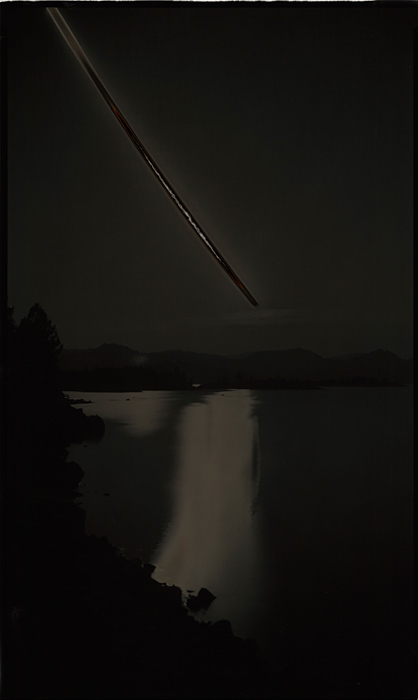

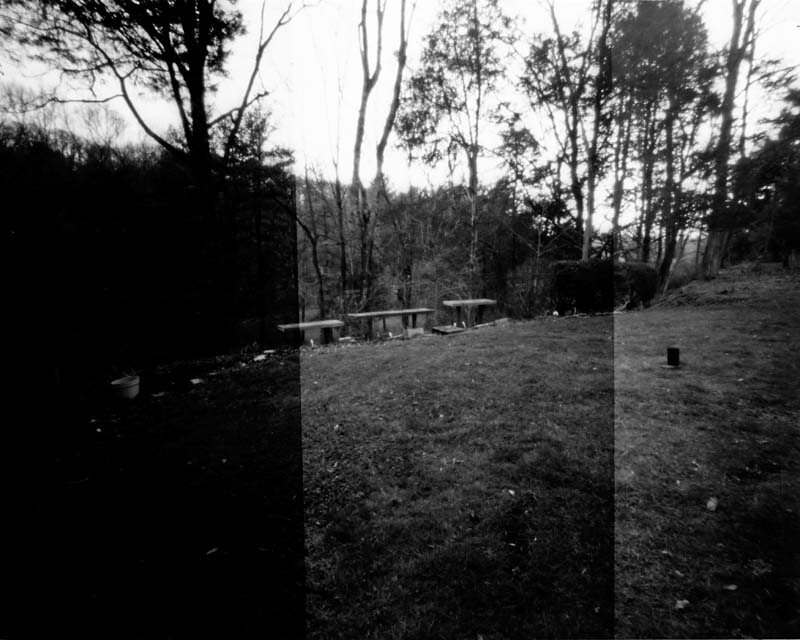

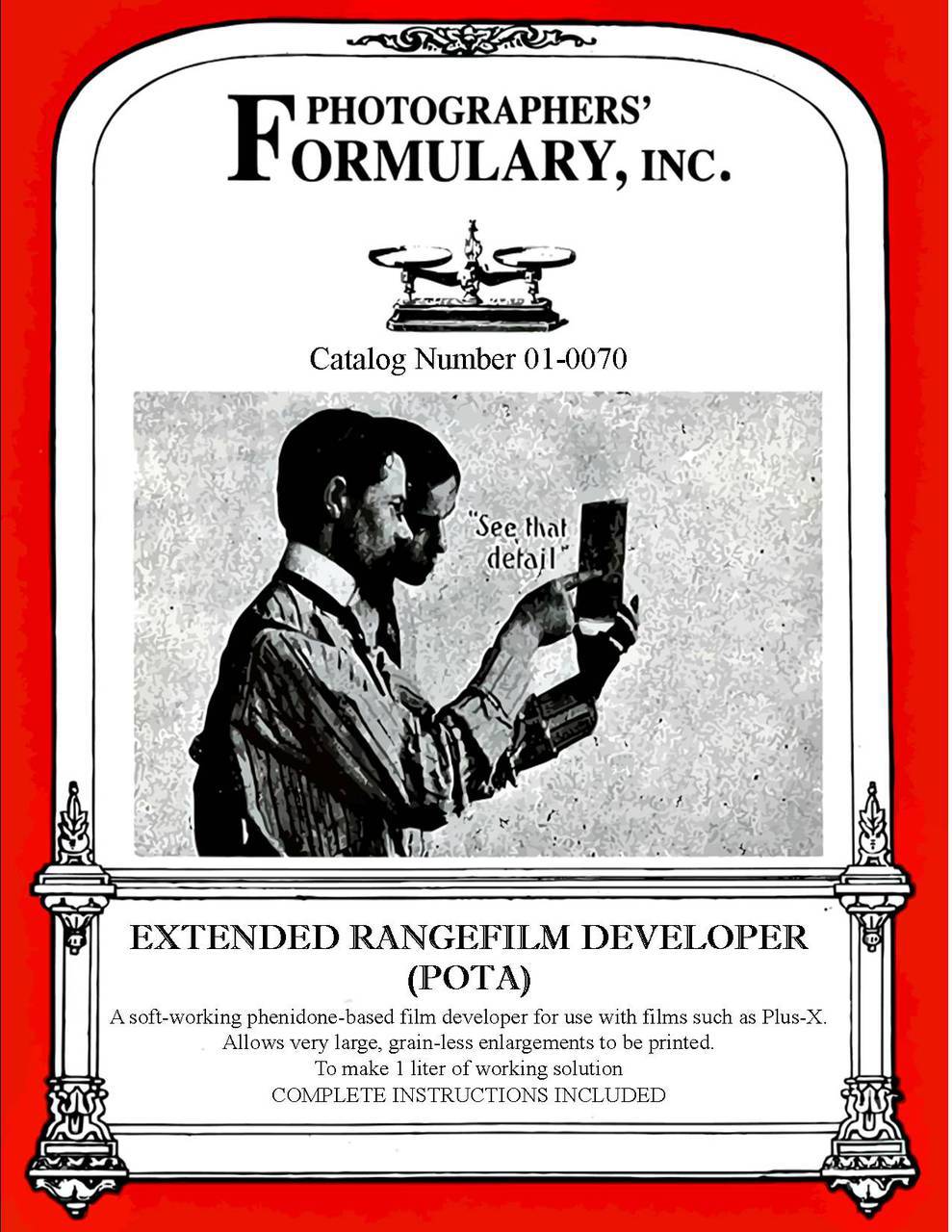

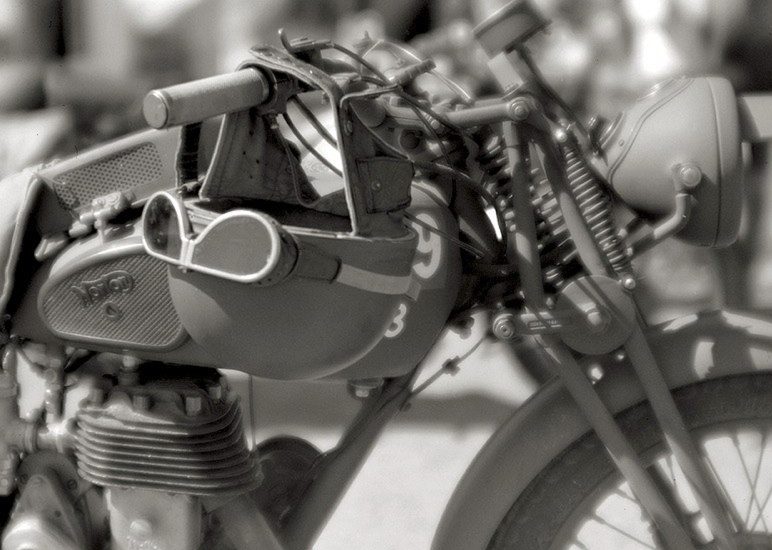
医用胶片按胶片用途可分为以下几种:感蓝X光胶片、感绿X光胶片、CT胶片、激光胶片等等,还有的医用胶片又被称为“色盲片”、“蓝感片”、“感绿片”等,他们分别是什么呢?
“色盲片”
只对蓝紫色光线敏感的胶片称“色盲片”或“蓝感片”,色盲片仅感受390-500nm光谱范围的光线,而对于黄、绿、红、橙光不敏感,所以暗示操作时所用的安全灯为红色就是利用这个道理。
感蓝X光胶片是应用于医用射线对人体进行病灶检查的摄影,可以准确地显示出人体内部器官、骨骼和软组织的病灶及变异,为临床医疗诊断提供可靠的依据。本胶片采用蓝色聚酯片基,双面涂布感光乳剂,配合感蓝增感屏使用,具有感光度高、反差适宜、图像层次丰富、清晰度好、灰雾密度小等特点。本胶片可使用高温快显机器冲洗或常温手工冲洗。
“感绿片”
对绿色光线敏感的X线胶片称“感绿片”,摄影中需要与硫氧化钆、溴氧化镧等稀土增感屏配合使用才能达到减少曝光量的作用。
感绿X光胶片是应用于医用射线对人体进行病灶检查的摄影,可以准确地显示出人体内部器官、骨骼和软组织的病灶及变异,为临床医疗诊断提供可靠的依据。胶片为通用型感绿X射线胶片,是以蓝色聚酯片基为支持体,双面涂有感绿乳剂层,采用了最新的技术工艺,具有感光度高、清晰度好、宽容度大、通用性好等特点。可使用高温快显机器冲洗加工或常温手工冲洗。
有研究发现,感绿胶片较感蓝胶片明亮、光滑,对比度高于感蓝胶片。感绿胶片的清晰度、分辨力也明显高于感蓝胶片。感绿胶片较感蓝胶片感光充足,密度适中,灰雾度低,大多医院使用感绿胶片。
黑白胶片:黑白灰吗,呵呵。
色盲胶片:乳剂中含有溴化银等,没有增感染料,只能感受紫色光和蓝色光。简直同严重的色盲一样。所以叫“色盲胶片”。它是黑白胶片的一种。
分色胶片:在乳剂中加入了红色素,除去感受紫色光和蓝色光外,还可以感受绿色光和黄色光,但不感受红色光。还是有些色盲呀。所以,取名叫“分色胶片”。它也是黑白胶片的一种。
全色胶片:在乳剂中加入一些绿色素,可以感受红光在内的各种色光。简直同正常人一样。所以叫“全色胶片”。它也是黑白胶片的一种。
Orthochromatic (“correct colors”) photographic emulsion is early black and white film emulsion, sensitive to wider range of colors than original color-blind (blue sensitive) emulsion. This name was used for the very first time in 1884, for dry photographic plates sensibilized with Erythrosin.
Orthochromatic emulsion still has too high sensitivity to blue, generally correct sensitivity to green and bright yellow, but has too low sensitivity to orange and is practically insensitive to red, as it does not register wavelengths longer than approximately 560-600 nm (medium yellow to orange). Furthermore, orthochromatic emulsion has decreased sensitivity in the 500 nm area (pale blue), as compared to color-blind emulsions, and so it reproduces brightness of blue colors more accurately.
Orthochromatic emulsion with equalized sensitivity to green and yellow was also sometimes called isoorthochromatic emulsion, while “real” orthochromatic emulsion had then too low sensitivity to green as compared to yellow.
红盲片特点
The next step in development of color sensitivity were isochromatic and panchromatic emulsions.
If you’re getting too much contrast, you might try one or more of the following:
1) Expose more and develop less,
2) Use a softer developer. For example, if you like Pyrocat, try the two bath technique.
3) Use David Kachel’s SLIMT technique,
4) Pre-expose the film to zone 0, i.e. 1 stop below zone 1,
5) Strip one side with bleach, if using two sided film,
6) Make a contrast reducing mask,
7) Switch from silver gelatin printing to one of the alternatives that likes negatives with a high density range,
8) Add fill light.